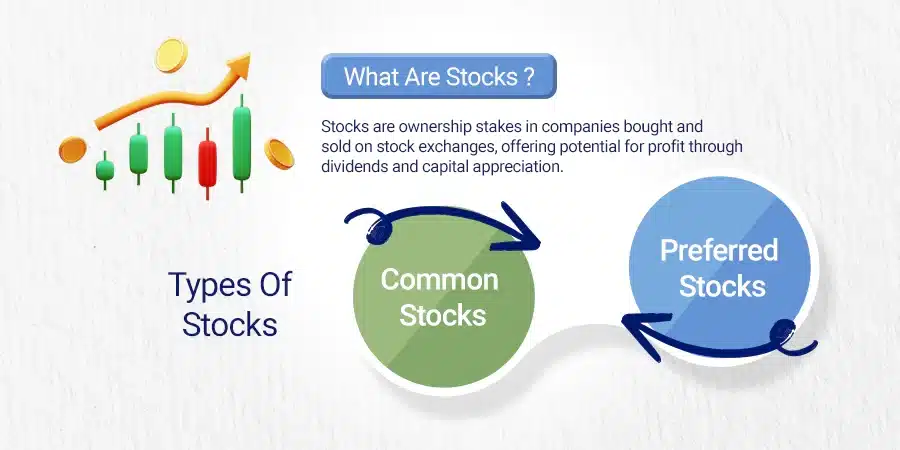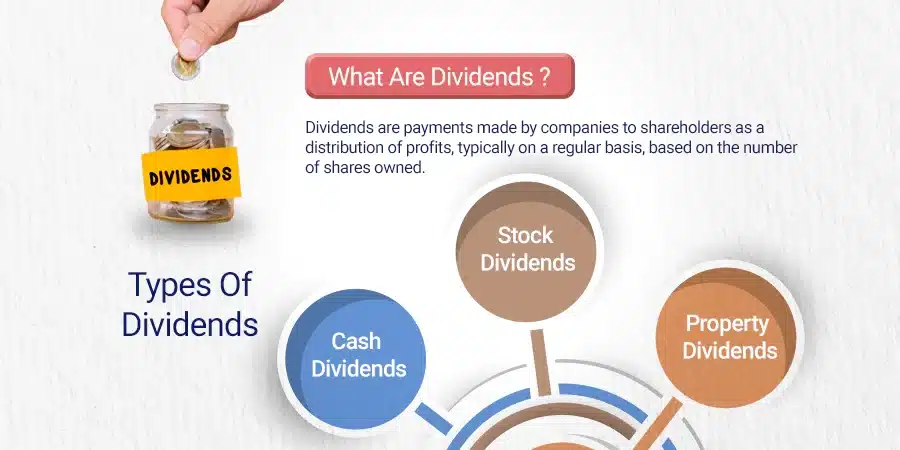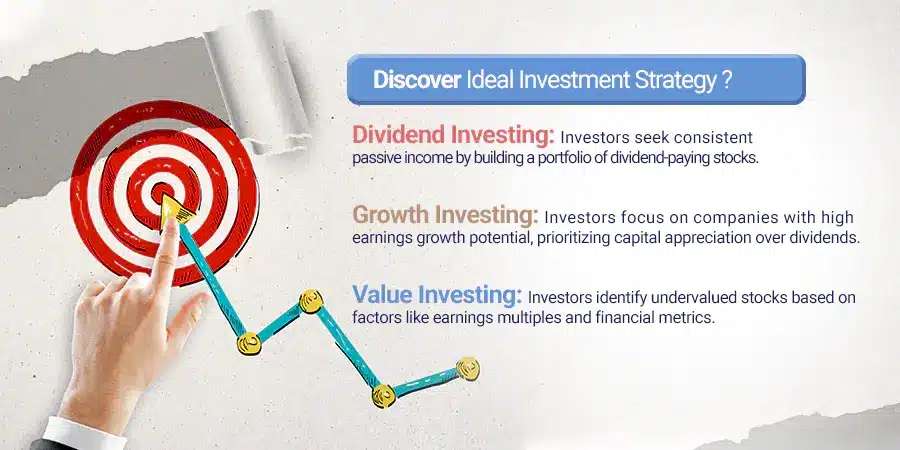In This Article
Earnings, Dividends, Stock Prices: How They Impact Your Investments

Mary and the jargons
Mary squinted at the stock chart, the lines and numbers seemed like some aliens to her.
“Dividends, earnings, stock prices,” she muttered, each of them was a small mystery in itself. The bakery analogy from the investment book helped a little.
Imagine owning a small chunk in a bakery, like a partnership in ownership. Like the bakery, getting a piece of the profit (dividend) if it did well.
Earnings were the bakery’s yearly profit, a sign of its health. But how did it all connect to the ever-changing stock price?
Was it just a magic number controlled by some financial wizards?
Were these concepts just too complicated for some newbie like her?
Then, she remembered the investor whom she ad met the other day at a book club. “Investing is not rocket science,” he’d said, “it’s understanding the story behind the numbers.
And at times reading between numbers and co-relating” Taking a deep breath, Mary decided to swallow a bite at a time, picking up one financial term at a time.
The journey wouldn’t be easy, but the potential reward of gaining financial education which could lead to financial independence, was worth the effort.
Investing for the beginners
Investing in the stock market can be both exciting and daunting, especially for beginners. One of the fundamental concepts to grasp is dividends, stocks, and earnings. While they seemed independent, but are interlinked beyond a certain point. Understanding these terms is important for making informed investment decisions and building a successful portfolio.
Understanding stocks, dividends and earnings and their co-relation
Here, we’ll break down everything you need to know about dividends, stocks, and earnings.

What are Stocks?
Stocks, also known as shares or equities, represent ownership in a company.
When you buy stocks, you’re essentially purchasing a portion of the company’s assets and future earnings. Stocks are traded on stock exchanges, such as the New York Stock Exchange (NYSE) or the NASDAQ, where investors buy and sell shares.
Types of Stocks:
- Common Stocks: These are the most prevalent type of stocks. Owners of common stocks have voting rights in the company and may receive dividends.
- Preferred Stocks: Preferred stockholders have priority over common shareholders when it comes to dividends and assets in the event of bankruptcy. However, they usually don’t have voting rights.
What is a Dividend?
A dividend is a portion of a company’s earnings that is distributed to its shareholders. It is typically paid out regularly, often quarterly, and is usually in the form of cash. Dividends are one way for companies to reward their shareholders for investing in them. Not all companies pay dividends; some reinvest their earnings back into the business for growth opportunities.

Types of Dividends:
- Cash Dividends: These are payments made in cash to shareholders.
- Stock Dividends: Instead of cash, shareholders receive additional shares of the company’s stock.
- Property Dividends: Shareholders receive assets or products instead of cash.
What are Earnings?
Earnings are perhaps the single most important and most closely studied number in a company’s financial statements.
Earnings, also known as net income, are the financial gains a company generates from its operations after deducting expenses, taxes, and interest.
They are a basic indicator of a company’s financial health and are closely monitored by investors and analysts. Positive earnings growth is usually associated with a healthy and thriving company.
Understanding the correlation
By now we know that dividends, stocks, and earnings are interconnected.
Strong earnings growth can lead to increased dividends, which can attract investors and that makes stock prices grow.
Vice versa, if a company’s earnings decline, its dividends dwindle with little or no dividend at all, which also negatively impacts its stock price.
For stock market investors, in their initial days of investing foray, it all may seem complex. But eventually, as one stays invested and analyse trends it becomes easier to grasp.

So What Should Be An Ideal Investment Strategy?
There isn’t one size-fit answer to this question. It depends on the investor’s risk appetite, his cash flow and the time horizon he has.

Dividend Investing:
Some investors like retirees, seek a consistent passive income. So they focus on building a portfolio of dividend-paying stocks to generate a steady stream of passive income.
Growth Investing:
Others prefer to invest in companies with high earnings growth potential, even if they don’t pay dividends, in the hopes of capital appreciation.
Value Investing:
This method involves identifying undervalued stocks based on factors such as earnings multiples, dividend yield, and financial metrics.
Parting Thoughts
Dividends, stocks, and earnings are fundamental concepts in the world of investing.
By understanding these terms and their interconnectedness, investors can make informed decisions and build a successful portfolio suitable to their own needs.
Whether you’re seeking income through dividends, growth through earnings, or a combination of both, a solid understanding of these concepts is essential for success in the stock market.

Should I talk to a Financial Advisor When Buying a House?
In This Article Should I talk to a Financial Advisor When Buying a House? Or

Master Robert Kiyosaki 10 Keys to Financial Freedom
In This Article Robert Kiyosaki 10 keys to financial freedom Have you ever felt the

Can SIPs Make You Rich? Mutual Fund SIP Grow Your Wealth
In This Article Can SIP make you rich? Systematic Investment Plans can help in wealth

Exclusive Investments of Elon Musk: Disruption, Vision, and Risk
In This Article A visionary entrepreneur who has been a consistent disruptor in the way






